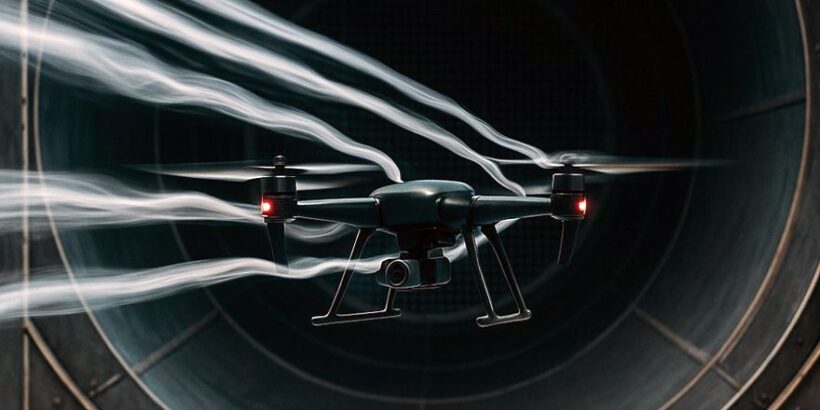Moscow Aviation Institute (MAI) is developing a small-scale wind tunnel specifically designed for testing components of unmanned aerial vehicles (UAVs), with a primary focus on propellers and powertrains. This was announced by the MAI press office.
According to Elena Karpovich, a research scientist at MAI’s Mathematical Modeling Laboratory, the wind tunnel is essential for validating propeller performance under inflow conditions. “Without wind tunnel testing, accurate calculations of a UAV’s performance characteristics are difficult, if not impossible. Even sophisticated mathematical models require experimental verification,” she stated.
The new wind tunnel features a compact, modular, and transportable design. This allows it to be used not only at MAI but also at other educational institutions and for industrial aerodynamics applications, such as measuring wind loads on structures. While similar facilities are common in international universities, readily available equivalents have been lacking in Russia.
The wind tunnel will simulate UAV flight conditions at speeds up to 37 mph (60 km/h). It can accommodate test articles weighing up to 220 lbs (100 kg) and propeller diameters up to 20 inches (51 cm). Its compact size and ease of manufacturing reduce power requirements and preparation time for testing. Currently, MAI specialists have completed the design phase and are proceeding with equipment installation. Initial wind tunnel testing is scheduled to begin in late summer of this year.
The project is being implemented by the Research Department of the Department of Electrical Power, Electromechanical, and Biotechnical Systems and the Laboratory of Hybrid and Electric Power Plants of MAI’s Advanced Engineering School. The facility will serve not only as a research tool but also as an educational platform, supporting the development and advancement of domestic technologies in the field of unmanned aviation.


